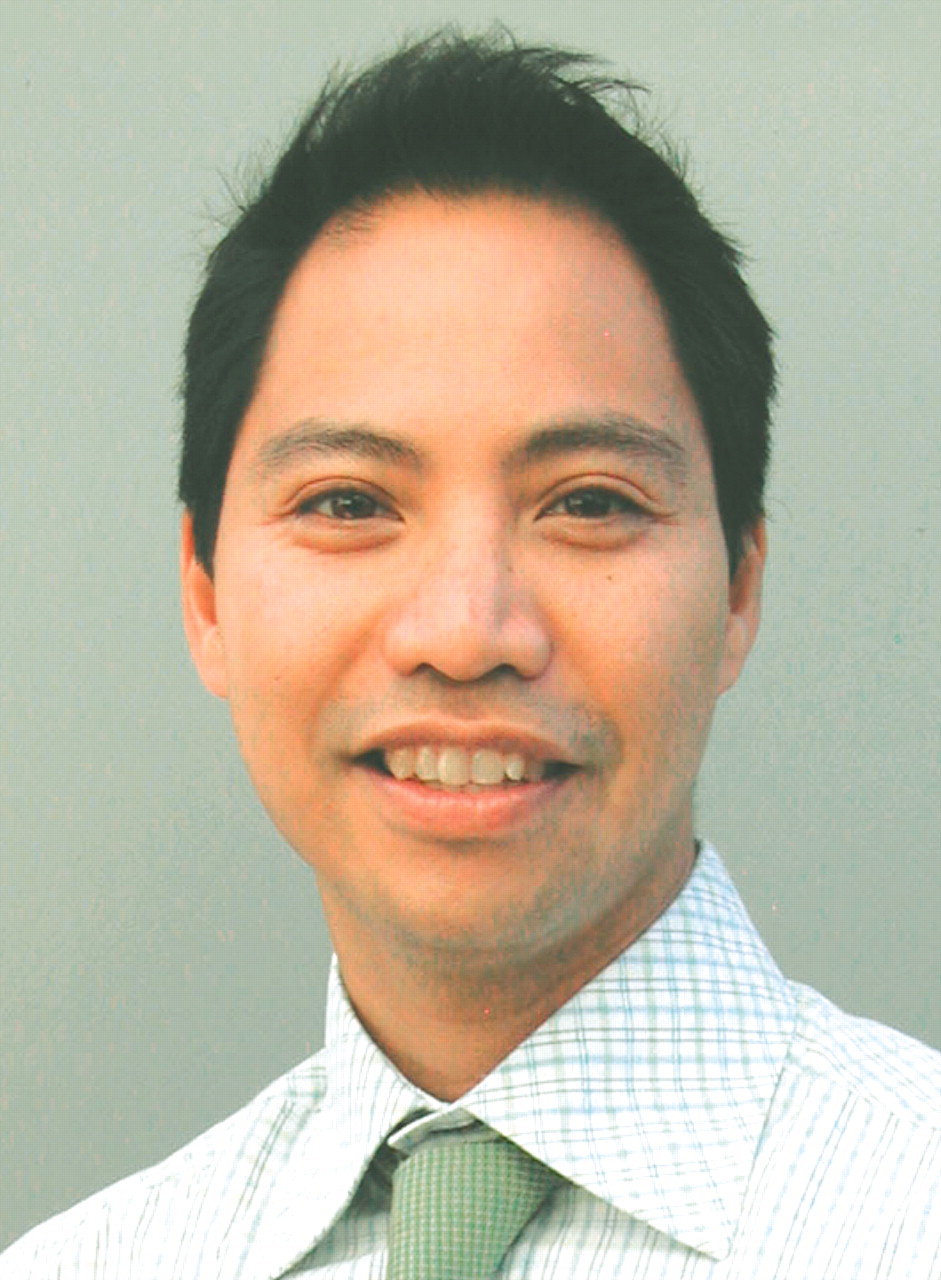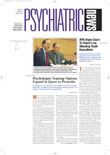I started my rotation at the Homeless Outreach Team (HOT) on a very cold Tuesday in January. The HOT clinical program provides case management to the chronic homeless population who live on the streets of the Bronx, N.Y.
Outreach workers and case managers canvass the streets of the Bronx 24 hours a day, seven days a week, providing assistance with basic needs such as food and linkages to mental health, substance abuse, and medical services, with the ultimate goal being placement in permanent housing.
After taking the D train a few stops past Yankee Stadium, I met the program director in the dark basement office of the HOT headquarters.
Following a brief orientation, I was informed that I would be accompanying two case managers in the field to begin immediately seeing clients among the homeless population. Armed with a handful of charts, I was ready to begin. The case managers who rode in the van with me were extremely friendly. As a PGY-3 resident, my heart was beating in anticipation of what was going to happen next. I guess they noticed the perspiration, which defied the cold weather, trickling down my forehead as we approached my first homeless client. They assured me that I would be fine.
The first homeless person we encountered was sprawling on the steps outside the number 5 train station, soaked with his own urine. He appeared guarded when I approached him for the history. Since the case managers were familiar to him, I was able to engage him and establish rapport. Besides being a chronic alcoholic and homeless for 20 years, he had been hospitalized numerous times for schizophrenia. The case manager later told me that this client always presented a challenge because of his inability to complete a short-term detoxification program. The team had taken him to detox programs on many occasions, yet after only a couple of days he ended up back on the streets. Luckily, because of the cold, he agreed to go to the shelter on that day.
It doesn't always work that way. Sometimes the case managers have to accept that the client wants to remain on the streets. Client-worker relationships are built gradually on trust and are easily broken if a case manager pushes too hard or too fast.
I asked the case manager if she felt frustrated when homeless clients continually refuse assistance or return to the streets. She said that her reason for doing this job was because she cared and that managing one's own feelings is an essential skill for anyone who works with this population. She quickly added that the outreach team has helped hundreds of people get off the streets and into housing, where they gain stability and are encouraged to re-enter the community as productive members of society.
During my six-month rotation, I learned that there is limited access to appropriate mental health care for the homeless community. The borough has only one dropin center that provides services, and overnight shelters do not have the capacity to provide mental health care.
I also learned that on any given night in New York City, approximately 30,000 people are homeless. An estimated 30 percent to 50 percent of them have mental illness. These individuals typically do not have strong social supports, and their symptomatology precipitates disruptions in relationships that often contribute to homelessness. Such symptomatology can also translate into an inability to seek help.
There is a severe shortage of psychiatrists providing care to homeless individuals. That shortage and the resistance of many homeless individuals to seeking treatment have created an acute problem for providers of homeless services. Psychiatry residency programs have the opportunity to address the shortage by encouraging psychiatry residents to work with homeless individuals early in their career. This would help alleviate the acute shortage and provide a valuable learning experience for residents.
Throughout my rotation at HOT, I was encouraged to focus on the important issues that emerge for psychiatrists working with the homeless. This experience confirms my passion for the well-being and welfare of the homeless population. Without this component in my psychiatric training, I never would have been exposed to such a challenging and “real” setting. This experience added a new dimension to my studies and greatly expanded my perspective. ▪

